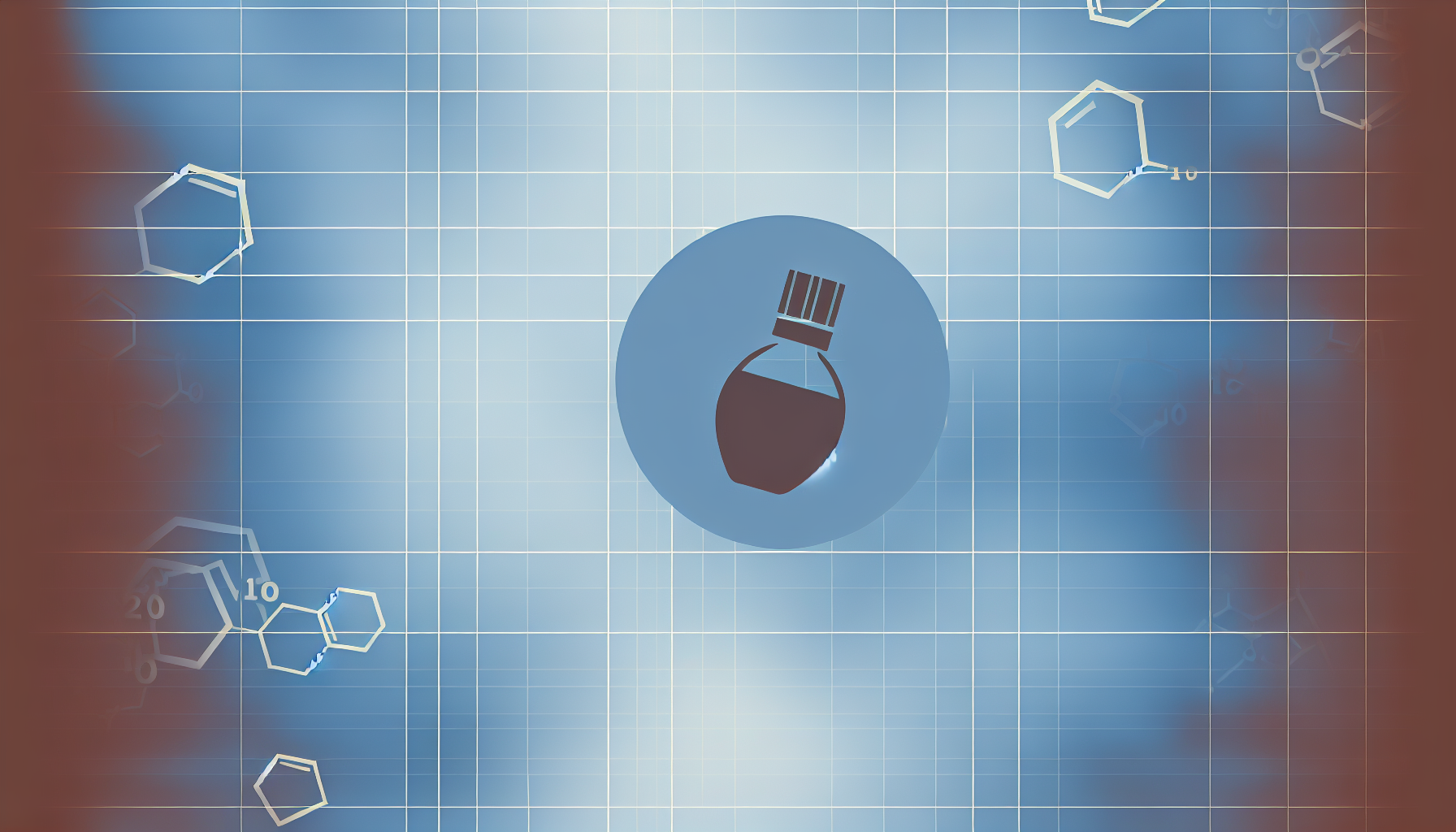A thermal cycler is a Molecular Biology Laboratory Equipment, used in the amplification of DNA molecules by the PCR technique (polymerase chain reaction), because it is capable of performing temperature cycles necessary for amplifying The DNA strands.
The process of the PCR is automatic and it can be completed in just a few hours. This process is completely directed by the thermocycler, who is programmed to change the reaction temperature every few minutes making the denaturation and synthesis of DNA.
The thermal cycler is different if a final point PCR or a real-time PCR is performed, since the latter must detect fluorescence and in different absorption channels.
The most common thermal cycler model consists of a block of electrical resistance that distributes through a plate a homogeneous temperature (between 4 ° C and 96 ° C) for a programmable time. In some teams, electrical resistance has been replaced by Peltier (semiconductor) technology, which allows greater homogeneity in temperature.
Steps inside a thermal cycler
A thermal cell works through three important steps during the PCR technique. The first step is denaturation, which occurs in the first cycle. From there, part to the following cycles to separate formed strands. While this occurs the temperature ranges between 94 and 98 º C. This process lasts at least 10 seconds.
The second step consists of the alignment of the firsts in the thread of the mold that you want to amplify. The passage lasts about 20 seconds and its temperature can become variable. This happens because it depends more than all of the firsts used in this operation. The firsts are small sequences of 20 nucleotides in which tests with simple sugars are used. On many occasions, glucose is part of it, the temperature used for this type of tests ranges between 55 and 65 º C, although some can reach up to 72 º C. This is the temperature suitable for working with Taq polymerase.
The third step is the elongation of the double strand of 20 pairs which has been created in the previous step. Elongation time should not be more than a minute by kilobase. This means that there are a thousand bases of the gene that you want to amplify. It is recommended for short sequences about 4 KB maximum.
After this step it is very likely that it becomes the first of 98 º C for about 10 seconds and then repeat the cycle between 30 and 45 times more. After these 3 steps, one more heat is added, at least about 72 degrees for at least 7 minutes. This is necessary to be able to discourage the strands of the first and polymerase DNA. After that, it is passed at a cold step that goes between a temperature of 15 and 4 ° C to keep the sample in perfect condition until the time it is requested.
Cleaning and maintenance of a thermal cycler
To maintain the thermocylator under optimal work conditions, after disconnecting it from the electric current and verify that it is not hot, you must perform the following cleaning operations:
- Clean the housing or external part with a soft cloth, slightly moistened in a neutral pH soap solution (do not use waxes or abrasives).
- Clean the wells of the plate with cotton swabs moistened in isopropanol or methanol. The thermal area of the lid should also be cleaned with a soft cloth or paper moistened in isopropanol. If the wells of the thermal block are very dirty, we have to use moistened boats in a 1% sodium hypochlorite solution, and then complete the cleaning with 95% ethanol. The wells should never be wet.
- Clean the ventilation system. It is very important that it is not obstructed by adhered particles, for which you should not have another equipment that generates heat or requires air within a radius of 30 cm.
In Kalstein we are fabicating and we put at your disposal an excellent range of thermocycles at the best prices. That’s why we invite you to take a look at our available thermal cyclers: HERE




